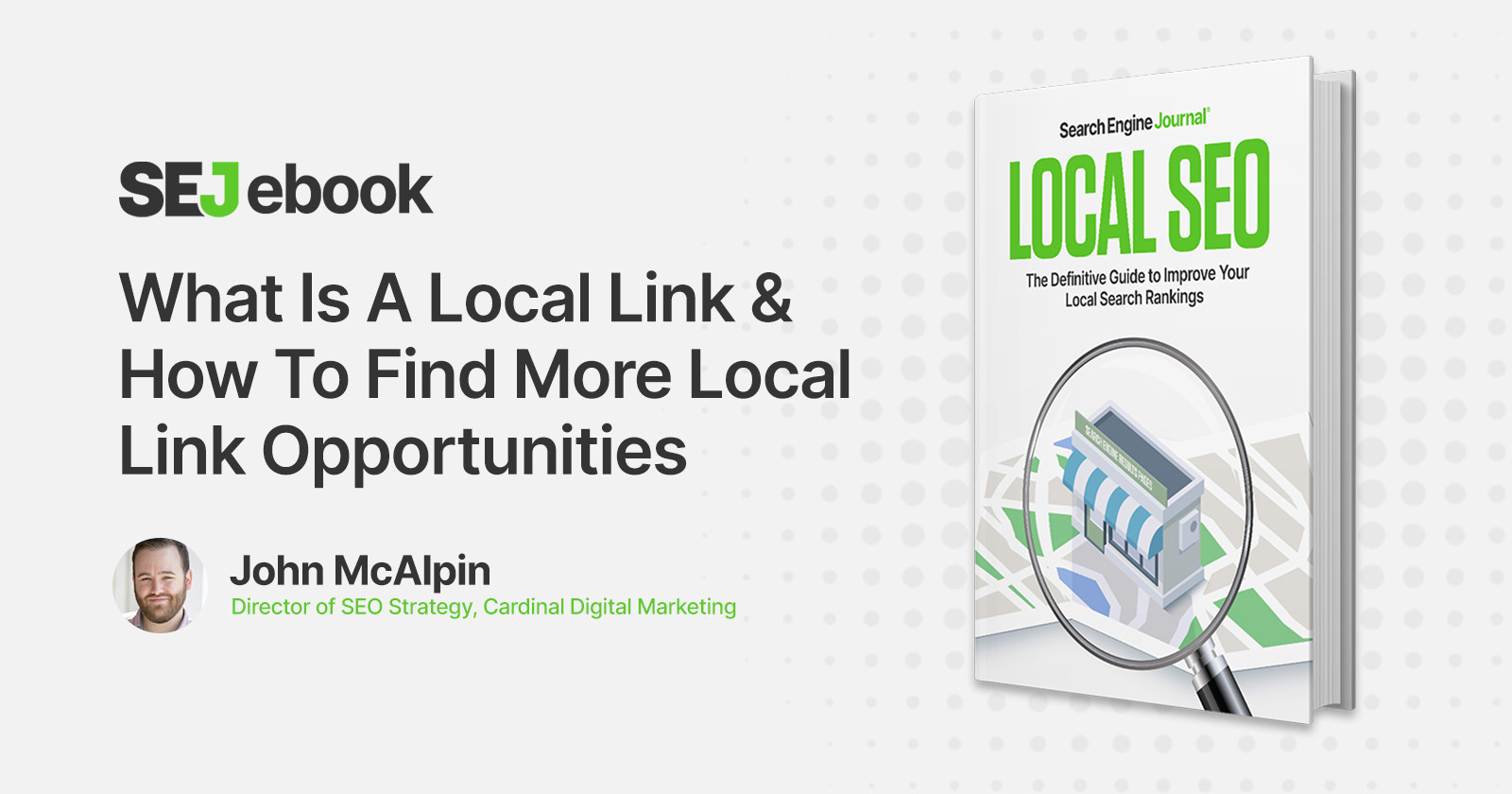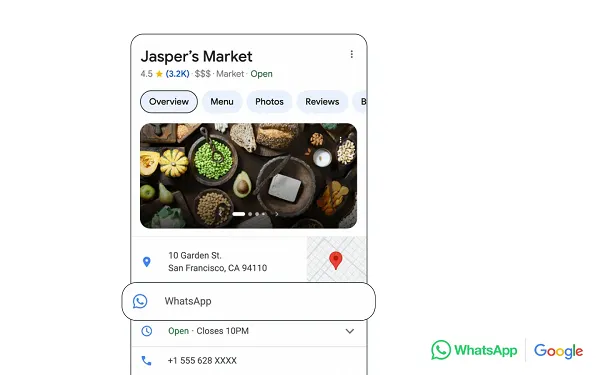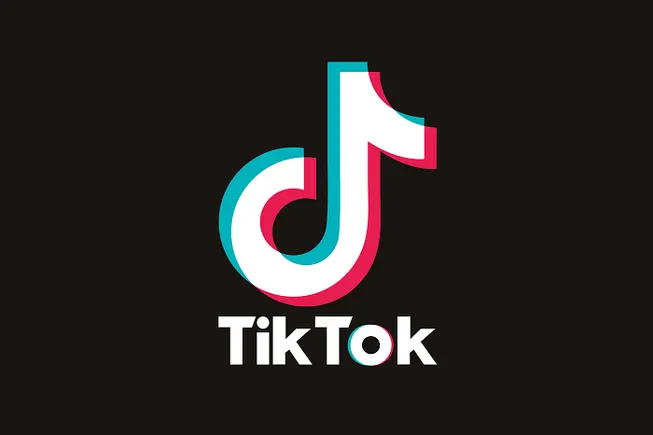What Is a Good Engagement Rate in Google Analytics 4?
Benchmarks and Nuances of Engagement Rate in GA4 We’re admittedly a few years into the Google Analytics 4 era, but marketers get a free pass on this one. After focusing on bounce rate (what users didn’t do) for over...

We’re admittedly a few years into the Google Analytics 4 era, but marketers get a free pass on this one. After focusing on bounce rate (what users didn’t do) for over a decade, the switch to focusing on engagement rate has had a longer evaluation curve than expected. No matter what the goals are for your website, engagement rate is a reliable way to measure whether users are staying on a web page and/or clicking through to other pages. But what’s a good engagement rate, and why does it vary so much by industry and content category?
What Is a Good Engagement Rate for a Website?
This is up for debate and varies widely based on the size of the website, the type of content and the acquisition channel. In our marketing agency’s experience, content that performs well – in terms of conversion and other engagement KPIs – falls into the following ranges:
Conversion-focused content has a “good” engagement rate if it’s higher than 60%. Think service pages, product pages, or any content you’d consider the core, meat and potatoes of your site.Informational content has a “good” engagement rate if it’s higher than 50%. This might include blogs, white papers, and other pages that serve a more top-of-funnel, broader audience.Engagement Rate vs. Bounce Rate in Google Analytics
One way to define engagement rate is to compare it to its beloved predecessor, bounce rate.
Engagement rate measures the percentage of sessions or users who completed at least one of the following events or actions:
A custom event (i.e., one that you created in GA4)An automated GA4 event, such as a 90% scroll, a YouTube video view, or a form completionVisiting two or more pagesSpending 10 seconds or more on the siteMeasuring engagement rate gives marketers more insight into how users engage differently between content categories, acquisition channels, and other variables that impact the user experience.
Bounce rate measures single-page sessions. That’s it. Bounce rate doesn’t provide much actionable insight or direction to improve underperforming pages or content categories.
One big note: Engagement rate is not the inverse of bounce rate. The average difference between these two metrics is about 15.84%, due to the additional events/actions that define the engagement rate metric. We tend to think of this imperfect measurement as a quantifiable representation of the “extra” data engagement rate provides marketers compared to bounce rate.
You should expect both metrics to vary by content category, such as a product page, service page, or blog. Engagement rate offers significantly more actionable data to guide on-page optimizations and technical improvements and shape future content as well.
GA4 Average Engagement Rate by Industry
According to Databox, the average website engagement rate is 56.23%, with industry averages ranging from 52.43% to 63.85%.
While researchers aren’t all on the same page, there are some reliable benchmarks. Dozens of studies evaluate engagement rates by specific industries, broader market categories, and other categorizations and publish very different results. The findings vary based on data quality, sample size, and other variables.
Databox (other flavors are available) offers several industry benchmark engagement rates that pass the eye test; see how your domain stacks up.
| Industry | Engagement Rate | Bounce Rate | Conversions |
| Agencies & Marketing | 58.39% | 47.03% | 2.71k |
| Automotive | 65.08% | 41.60% | 607 |
| Communications | 63.94% | 42.74% | 107 |
| Construction | 60.41% | 35.74% | 132 |
| Consumer Goods | 55.63% | 43.94% | 451 |
| Financial Services | 52.41% | 40.93% | 438 |
| Healthcare | 52.40% | 38.55% | 351 |
| Hospitality & Travel | 52.20% | 35.82% | 187 |
| IT & Telecom | 52.62% | 38.46% | 198 |
| Manufacturing | 55.49% | 41.71% | 189 |
| Media | 58.31% | 41.31% | 408 |
| Real Estate | 57.32% | 43.74% | 231 |
| Retail | 55.84% | 49.74% | 291 |
| Technology | 57.55% | 39.51% | 231 |
| Transportation & Logistics | 55.92% | 39.03% | 159 |
Does Website Engagement Rate Impact Organic Rankings?
Google’s algorithm uses website engagement rate as one of over 200 ranking signals, influencing how specific pages on your site rank on the SERP. The algorithm is veiled in secrecy and is constantly updated to improve user experience. Still, there’s little doubt that the engagement rate is a small but important signal for search engines.
Three Ways to Think About (and Improve) Engagement Rate
Whether your domain is on track or well below industry averages, engagement rates aren’t fixed. It takes intentional optimization and formatting, but you can improve engagement rate sitewide and within specific categories.
1. Not All Content Categories Are Created Equal
Expect higher engagement rates on “conversion pages” like products, contact pages, and services pages. Users on these pages are there to get something done, and engagement rate tends to stay slightly above the site average in many (but not all) scenarios.
If your blog engagement rate is a little low – like between 45% and 60% – that’s okay. Focus on moving users from your top-performing blogs to conversion pages as consistently as possible by using multiple relevant internal links.
2. Not All Channels Are Created Equal
Expect a wide variation in engagement rate across your traffic acquisition channels. Organic search tends to have higher engagement than paid search or social. Average engagement will vary seasonally, by campaign, user device, and dozens of other metrics. Compare changes within channels over time rather than against other traffic sources.
3. B2B Is Not B2C
Like content categories and channels, how you do business impacts why users interact with your site and how engaged they are with content. B2C engagement rate tends to be higher than B2B, largely due to on-site shopping or service options; users view multiple product or service pages to find what they need. That’s usually not the case for B2B, although it doesn’t mean business-to-business organizations can’t have excellent engagement rates with high-quality content.
Take time to measure and improve engagement rate as a part of a broader SEO strategy augmented by a robust user experience audit and accurate marketing analytics.
Before We Bounce…
At the end of the day, the only engagement rate that matters is the one you have right now. With accurate measurement and the creativity to experiment, even small domains can improve their engagement rate and overall website performance. Stick with it, use that extra 15% of information to your advantage, and watch your average engagement rate climb.

 Tekef
Tekef 
































